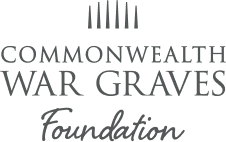05 May 2023
A look in our photo library: RAF Cemeteries & Memorials
We’ve opened our photo library again to find some amazing images of Commonwealth War Graves cemeteries & memorials dedicated to Royal Air Force personnel.
Commonwealth War Graves sites commemorating RAF casualties

© IWM CH 15410
Airmen and women commemorated by Commonwealth war graves
Did you know that Commonwealth War Graves commemorates over 135,000 air service personnel around the world?
The men and women in our care come from both World Wars.
Aerial combat was dangerous from its inception. The Royal Flying Corps and Royal Naval Air Service, forerunners to the RAF, may have been pioneers of military aviation but these organisations took heavy casualties during World War One.
The Royal Air Force was born on April 1st, 1918. At the time of its inception, it was the largest organisation of its type in the world.
The RAF was greatly expanded during World War Two. Thousands of pilots, supported by hundreds of thousands of ground crew members, fought in the skies across the world with many sadly making the ultimate sacrifice.
Bomber Command was hit heaviest. Over 50% of the men who served in bomber squadrons, some 50,000 men, died during World War Two.
Of course, Commonwealth War Graves does not limit our commemorations to UK personnel. The RAF itself was a multi-ethnic, multicultural force, but we also have casualties from the air services of Canada, New Zealand, Australia, United India, and South Africa.
When split by conflict, the number of casualties we commemorate from the air services from each World War are as follows:
• World War One: 10,688
• World War Two: 124,370
Air service cemeteries & memorials
Runnymede Memorial
The Air Forces Memorial at Runnymede commemorates by name over 20,000 men and women of the air forces, who were lost in the Second World War during operations from bases in the United Kingdom and North and Western Europe, and who have no known graves.
They served in Bomber, Fighter, Coastal, Transport, Flying Training and Maintenance Commands, and came from all parts of the Commonwealth. Some were from countries in continental Europe which had been overrun but whose airmen continued to fight in the ranks of the Royal Air Force.
The Runnymede Memorial was designed by Sir Edward Maufe with sculpture by Vernon Hill. It was unveiled by Her Majesty Queen Elizabeth II in one of her first public duties as reigning monarch on 17 October 1953.
Arras Flying Services Memorial
Arras itself was held by the Allies for the duration of World War One but was the location of several fierce battles.
Bloody April, one of the worst months for RFC casualties, occurred above the Arras battlefields. Over 400 aircrew had become casualties with a loss of 250 aircraft during April 1917. Despite the heavy cost, those men played an important reconnaissance and combat role throughout the Battle of Arras.
The Flying Services Memorial, designed by Sir Edwin Lutyens, commemorates roughly 1,000 airmen of the Royal Naval Air Service, Royal Flying Corps, RAF, and Australian Flying Corps. These men died during World War One but sadly have no known grave.
The memorial was unveiled in July 1932 by Lord Hugh Trenchard. Lord Trenchard was a senior air forces commander during the Great War.
Singapore Memorial
The Singapore Memorial is not strictly dedicated to air forces personnel. However, a significant proportion of those it commemorates served with air forces across the Pacific and Burma theatres of World War Two.
The Memorial commemorates just under 3,000 air service casualties of World War Two. As this is a memorial, the men and women it commemorates have no known grave.
In fact, even the dates or periods in which they went missing, and presumably died, are unknown, such were the circumstances of the fighting in Asia.
While the Singapore Memorial is entirely focused on air forces commemoration, its design does bear some aviation hallmarks. The columns on which the name panels sit support a roof that resembles the swept-back wings of a Second World War fighter plane.
Colin St Clair Oakes designed the Singapore Memorial. It was unveiled by Sir Robert Black, then Governor of Singapore, on the 2nd of March 1957.
Thanks for supporting the Commonwealth War Graves Foundation
We hope you enjoyed this look inside the Commonwealth War Graves archives library. We will be sharing some more pictures of different cemeteries and memorials soon.
If you have any suggestions for the type of content you’d like to see, or perhaps have a family story you’d like to share regarding Commonwealth War Graves, please contact us at supporters@cwgc.org and let us know!
Thank you again for supporting our work at the Commonwealth War Graves Foundation.




















